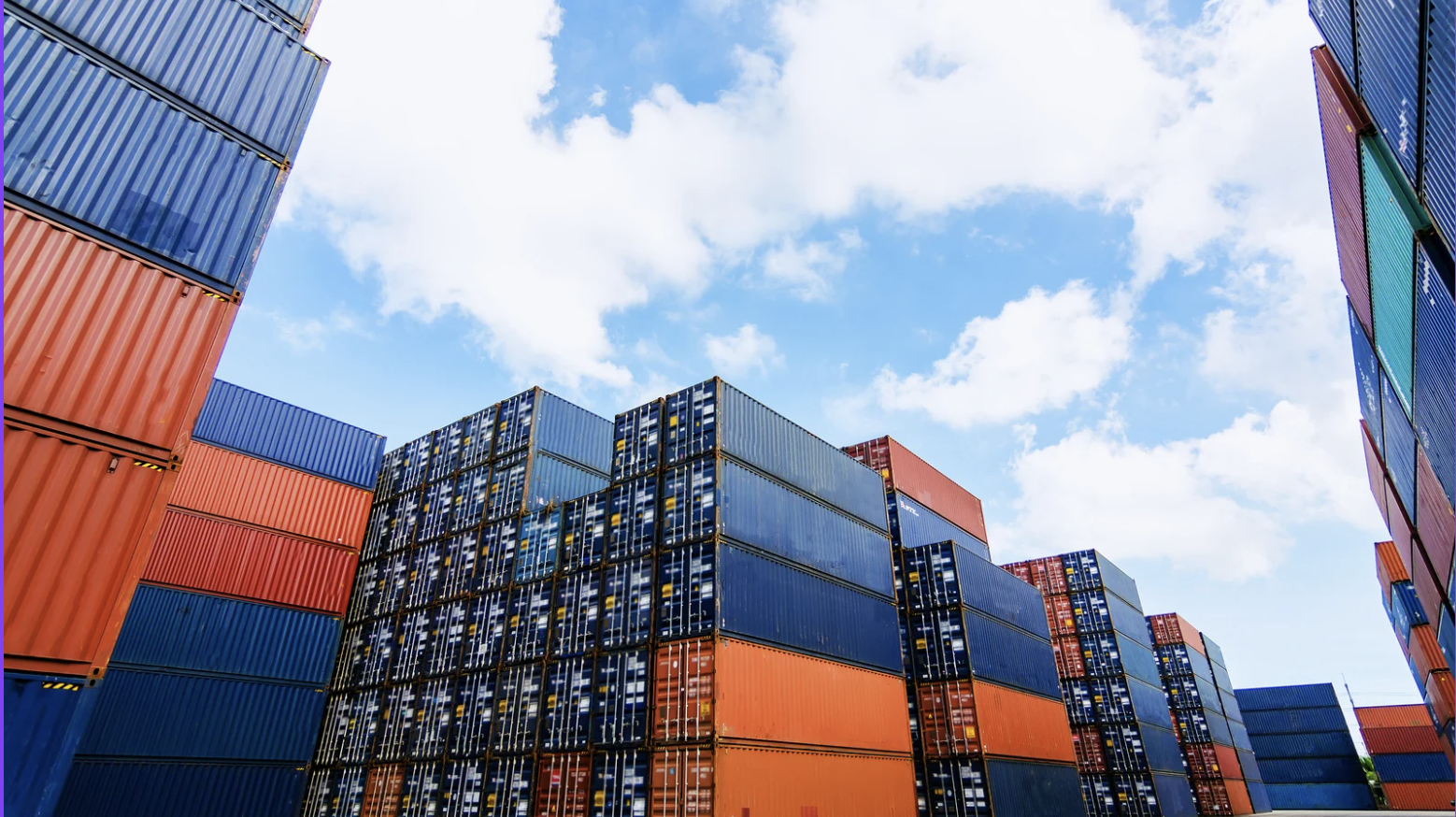I know that shipping across borders can feel complicated, especially when you’re trying to figure out who handles what. That’s where trade rules called Incoterms step in.
One of the most useful for many businesses is DAP shipping terms, which set clear responsibilities for both buyers and sellers without putting the entire load on one side.
What I like about DAP is the balance it creates; the seller takes goods almost to your doorstep, but you still stay in control once they arrive. This shared approach is why you see it used so often in trade.
To understand it better, let’s start with the basics.
What is DAP (Delivered at Place)?
DAP stands for Delivered at Place, and it’s one of the official Incoterms rules used in international shipping.
In simple terms, it defines what DAP shipping terms mean: the seller takes care of moving the goods all the way to the agreed destination in the buyer’s country.
Under Incoterms 2020, the seller pays for transportation, handles export clearance, and covers all risks until the shipment reaches the named place. Once the goods arrive, the responsibility shifts.
So, what does DAP mean in shipping? It means the seller must deliver the goods to the right location, but the buyer is responsible for unloading them and handling any import duties or taxes.
Seller’s Responsibilities Under DAP
When DAP shipping terms apply, the seller takes on most of the work and cost until the goods reach the buyer’s country. Here’s what that usually involves:
- Packaging and documentation: The seller must pack the goods safely for the entire trip and prepare all export paperwork.
- Export clearance and transportation: They handle customs clearance in the exporting country and pay for transport all the way to the agreed destination.
- Delivery to the named place: The seller makes sure the goods arrive at the exact location agreed upon, ready for the buyer to unload.
In short, the seller carries the responsibility until the shipment reaches the destination, but unloading and import duties are not their job.
Buyer’s Responsibilities Under DAP
Once the goods reach the destination, the buyer takes over. Under DAP shipping terms, this is what the buyer is responsible for:
- Import clearance: The buyer must handle customs procedures in their own country.
- Duties and taxes: They pay any import duties, VAT, or other local fees.
- Unloading the goods: The buyer arranges and pays for unloading at the agreed place.
- Final transport: If the goods need to move beyond the named place, the buyer covers that cost too.
Put simply, the buyer takes control at the point of arrival, including all costs and risks tied to unloading and import.
Risk and Cost Allocation Under DAP

With DAP shipping terms, both cost and risk have clear boundaries. Knowing where responsibility shifts helps both sides avoid confusion.
Risk Transfer
The seller carries all risks during transport. That includes damage, loss, or delays while the goods are on the way.
The handoff happens only when the shipment reaches the named destination and is ready for unloading. From that point on, the buyer is responsible.
Cost Breakdown
The seller pays for export packaging, documentation, customs clearance in the seller’s country, and transportation to the destination.
The buyer pays for import clearance, duties, taxes, unloading at the destination, and any transport beyond the named place.
This split keeps responsibilities simple. The seller controls everything until the goods arrive, while the buyer takes over from there. Both sides know exactly where the line is drawn, which makes the process smoother and avoids disputes.
DAP vs. Other Incoterms
It’s easy to confuse DAP with other Incoterms since they share some responsibilities. A side-by-side comparison makes the differences clear.
| Term | Key Difference | Seller | Buyer | Best Use |
|---|---|---|---|---|
| DAP | Delivery to destination, no unloading or duties | Transport, export clearance | Import clearance, duties, unloading | When buyer wants control of imports |
| DDP | Seller also pays duties and taxes | Full delivery, incl. import duties | Only unloading | When buyer wants hands-off |
| DPU | Seller also unloads | Delivery and unloading | Import clearance, duties | When buyer can’t handle unloading |
| CIF | Sea freight only, includes insurance | Transport to port, export clearance, insurance | Import clearance, duties, inland delivery | When sea shipping with insurance |
- DAP vs. DDP: DDP goes further because the seller also pays duties and taxes. It’s more expensive for the seller but easier for the buyer.
- DAP vs. DPU: With DPU, the seller unloads at the destination. That makes it useful when the buyer doesn’t have local unloading capacity.
- DAP vs. CIF: CIF applies only to sea freight and includes insurance. DAP is more flexible since it works with any transport mode.
DAP leaves import duties and unloading to the buyer, while other terms shift those costs and risks differently. The right choice depends on how much control and responsibility each party wants in the transaction.
Advantages and Disadvantages of DAP
Before deciding if DAP is the right fit, it’s important to weigh its key advantages and disadvantages.
Advantages of DAP
- Works with any mode of transport, offering flexibility.
- Seller handles export clearance and the main shipping leg.
- Saves the buyer time and effort on paperwork and logistics.
Disadvantages of DAP
- Unloading isn’t included, leading to possible extra costs.
- Responsibility shifts before unloading, which may cause disputes if damage occurs.
- Often leaves buyers exposed to unexpected charges during delivery.
Practical Examples of DAP Shipping
Examples make it easier to see how DAP works in real life. Here are a few common situations:
Example 1: Small E-Commerce Seller
I’ve seen online sellers use DAP when shipping bulk orders overseas. Let’s say a clothing brand in Italy sells to a retailer in the U.S.
The seller arranges transport from their warehouse to the retailer’s warehouse in New York. Once the shipment arrives, the U.S. buyer clears customs, pays duties, and unloads the goods.
Example 2: Manufacturer to Distributor
A furniture maker in Vietnam sells to a distributor in Germany. The seller pays for transport from their factory to the German port.
Once the container arrives, the distributor handles import clearance, taxes, and unloading at their warehouse.
Example 3: Large Equipment Shipment
A machinery supplier in the U.K. delivers equipment to a buyer in Canada. The seller covers export clearance and shipping to the buyer’s chosen site.
When the goods arrive, the Canadian buyer arranges unloading with special equipment and pays the import fees.
These scenarios show how DAP balances responsibilities. Sellers handle transport up to the destination, while buyers take over with unloading and import requirements
Common Mistakes to Avoid
Even though DAP is straightforward, there are a few traps that can cause problems if you’re not careful. Below are the ones I’ve seen come up most often:
- Vague delivery location: Not clearly naming the destination can lead to disputes over where the seller’s responsibility ends.
- Overlooking unloading costs: Buyers sometimes forget that unloading isn’t included and face unexpected charges.
- Confusing customs roles: Sellers may assume they handle import clearance, but under DAP, that’s always the buyer’s job.
- Ignoring risk transfer: Damage during unloading is the buyer’s responsibility, which can surprise those who don’t understand when the risk shifts.
- Skipping proper documentation: Missing or incomplete paperwork can delay customs clearance and add costs.
Avoiding these mistakes keeps the process smooth for both sides and helps prevent costly disputes or shipment delays.
Expert Tips for Using DAP Successfully
When DAP is set up correctly, it makes shipping smoother for both sides. The key is focusing on details that often cause problems.
One crucial step is naming the destination clearly in the contract. If the location is vague, disputes can arise over where the seller’s job ends.
Buyers should plan ahead for unloading, since it’s always their responsibility. Having staff or equipment ready helps avoid delays and extra costs.
Customs clearance is another area to watch. Import rules differ by country, so buyers must know the paperwork and fees before goods arrive.
For sellers, using reliable carriers reduces risks of delays or damage. Both sides benefit from accurate documents, which keep clearance moving smoothly.
By handling these details well, DAP can work effectively and reduce shipping stress.
Wrapping Up
From my experience, DAP shipping terms work best when both sides know exactly where their responsibility starts and ends.
I’ve found that the biggest wins come from being clear on the delivery point and preparing ahead of time for customs and unloading.
If you’re the seller, choosing a carrier you can rely on makes a huge difference. If you’re the buyer, having your paperwork and local arrangements ready will save you stress and money.
Getting these details right not only keeps the process smooth but also builds stronger business relationships.
If you’d like to keep learning, check out more of my blogs on shipping strategies, logistics, and global trade insights.















